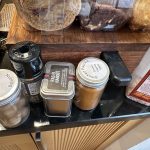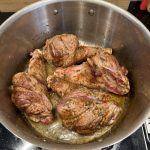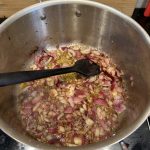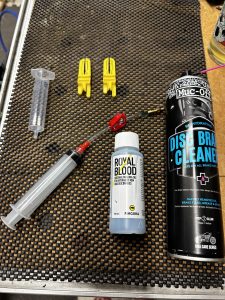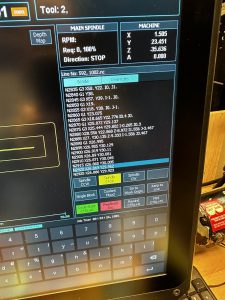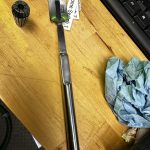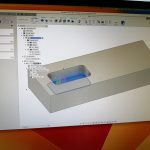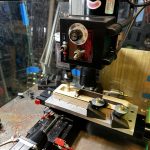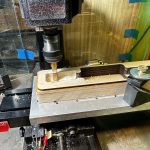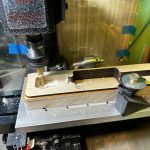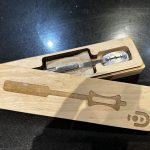TYPES OF POLISHING COMPOUNDS (SUBCATEGORIES)
Below are the Sub-categories of commonly used polishing compounds:
BROWN TRIPOLI
This polishing compound is used on soft metals like brass, copper, and aluminum. The brown tripoli can easily eliminate lines or scratches (not too rough) from the surfaces. It can also be applied on wood surfaces and give them a lustrous finish.
WHITE POLISHING COMPOUND
This polishing compound is mainly used for hard metals like stainless steel and metals like nickel-plated and gives them a brighter shine. It is also an ideal choice for cutting and the intermediate polishing process.
BLACK POLISHING COMPOUND
The black polishing compound is the harshest polishing compound, usually contains emery as an abrasive, and is a great starting point after 180 grit sandpaper. It is ideal for removing deep scratches from platinum and stainless steel. Also used to smooth rough surfaces. It can be used on lap wheels, muslin, sisal, and treated buffs.
BLUE POLISHING COMPOUND
This polishing compound works well on non-ferrous metals or almost any type of metal to give it a smooth final polish. For better results, use it with a buffing wheel.
GREEN POLISHING COMPOUND
This intermediate polishing compound is also known for its high-quality, mirror-like finish. As a result, it is mostly used for stainless steel. It is also known as stainless steel compound. This compound also works for brass and all non-precious metals. You can use it with a muslin buff for scratch removal from 240 grit sandpaper or a loose fold flannel buff for a high lustre finish.
PINK POLISHING COMPOUND
The pink polishing or dual-purpose compound is used in the initial stage of soft metal and the final stage of hard metal polishing to get extra finishing. It’s one of the most adaptable compounds, as it works on wood, plastic, and painted surfaces.
RED POLISHING COMPOUND
Red polishing compound is also known as Jeweler’s rouge or red rouge. It gives a high lustre finish to precious metals like gold and silver, which is why it is popular in the jewelry trade. Use it with a 6-inch loose fold buff at about 3000 RPM for best results.
YELLOW POLISHING COMPOUND
This Yellow Rouge is a dry, low-residue polishing compound that gives gold, platinum, stainless steel, and other hard metals a high-gloss finish. It is good to apply after 240 grit to 320 grit sandpaper. Use it with non-treated muslin or felt-stitched buffs running at about 3000 RPM. This compound can be used in brass, silver, and polymer pieces.
Apart from the polishing compounds described above, there are a variety of polishing compounds available depending on the material and application. I hope this will help you select the appropriate polishing compound for your masterpiece.







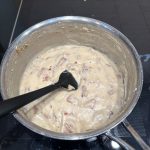


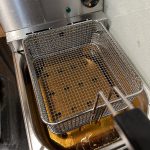

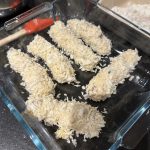
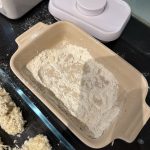
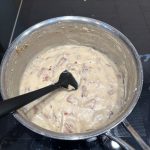


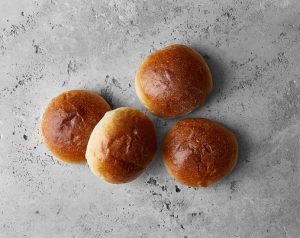
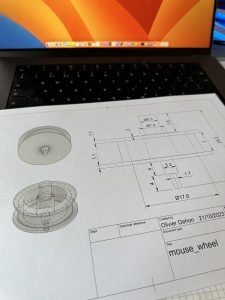
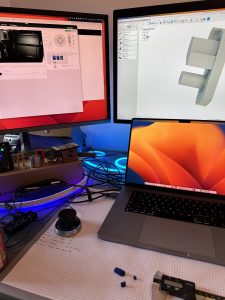


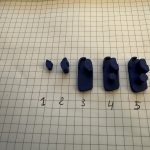


 Original post was 8th November 2020
Original post was 8th November 2020